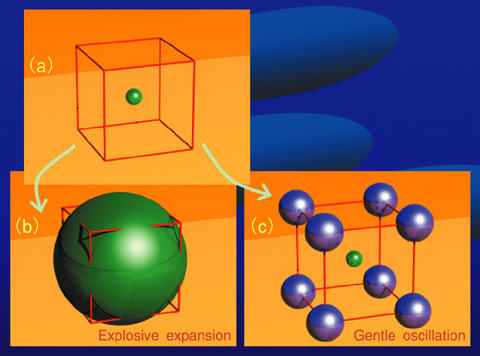
Fig.12-4 Suppressing bubbles' destructiveness by injecting gas bubbles

Fig.12-5 Bubble radii (d) and pressure (e) in mercury without (blue) and with (red) injected bubbles as functions of time
We are now developing an intense pulsed neutron source using a MW-class proton accelerator and liquid mercury as part of the J-PARC project. Using this facility, leading-edge research on, e.g., high-T superconductors and DNA will be performed in the near future.
In this "Big Science" facility, tiny bubbles, smaller than 1 mm, are posing a serious problem. The facility produces neutron beams by breaking mercury nuclei with energetic protons, at which moment a large amount of energy is released and a sudden pressure change occurs in mercury. The pressure change ruptures the mercury and there many bubbles emerge. The bubbles are so violent, causing significant material damage on the metal vessel. To suppress this damage that reduces the lifetime of the facility and limits the output energy, we are now developing several techniques.
One of them is "Bubble Injection," in which gas bubbles are injected into flowing liquid mercury (Fig.12-4). To realize this technique, several issues must be resolved such as the development of an injection method (Topic 14-5) and clarifying the physical effect of the injected bubbles (this article). Our recent investigations have verified the effectiveness of this technique. Fig.12-5 shows the dynamics of a bubble which has emerged, calculated numerically using a theoretical model that takes the interaction with the injected bubbles into account. With no bubble injection (the blue curve), the emerged bubble expands explosively and then collapses very violently: such an aggressive bubble is certain to cause material damage. With bubble injection, on the other hand, the bubble becomes very gentle, as shown by the red curve.
From this numerical result we found that the change in bubble dynamics was caused by positive pressure waves emitted by the injected bubbles, which reduce the negative pressure in mercury (the lower panel of Fig.12-5) that drives the bubble expansion. This is the hidden function of bubble injection.
This work was partly supported by a Grant-in-Aid for Young Scientists (B) (No. 17760151).